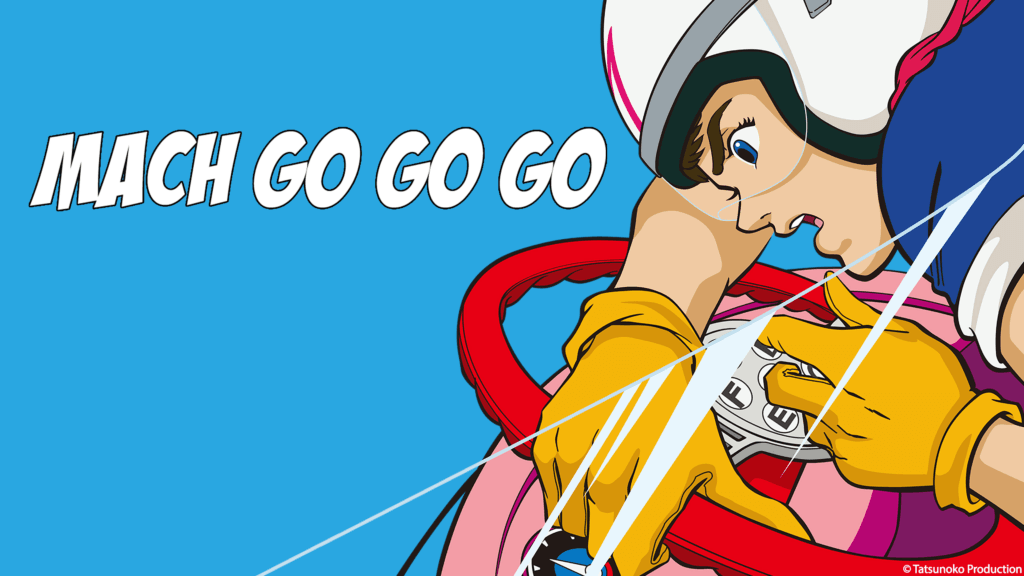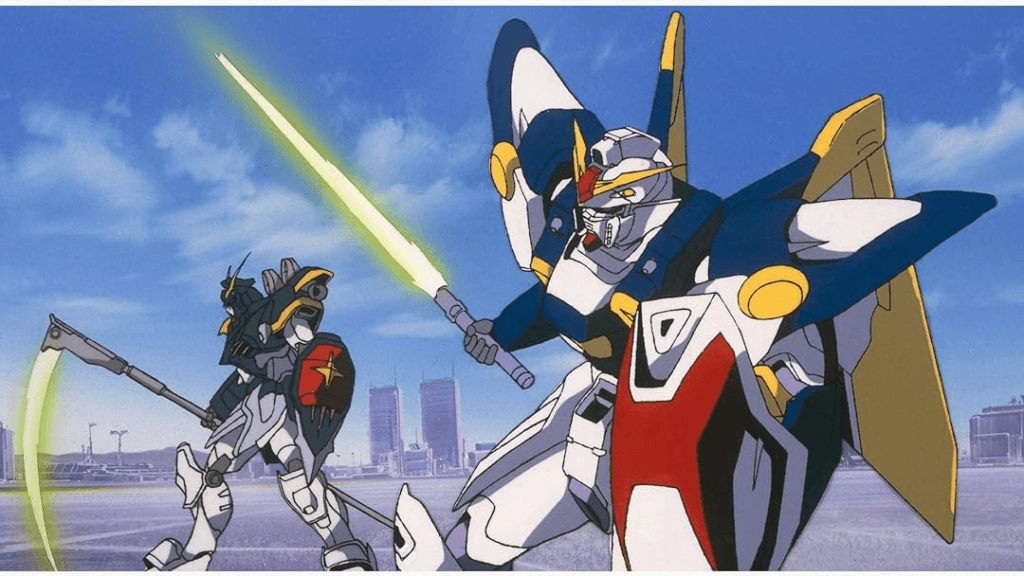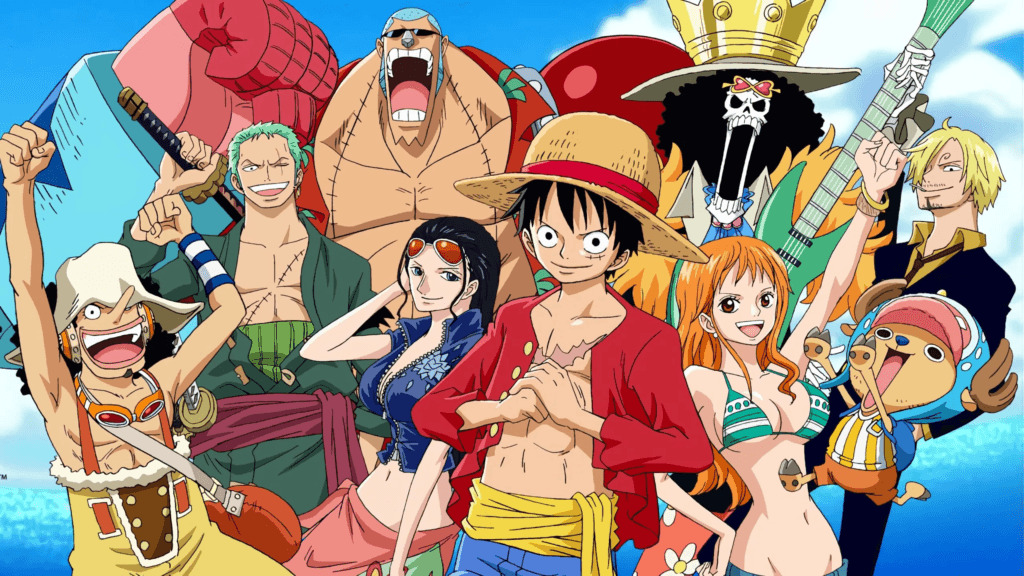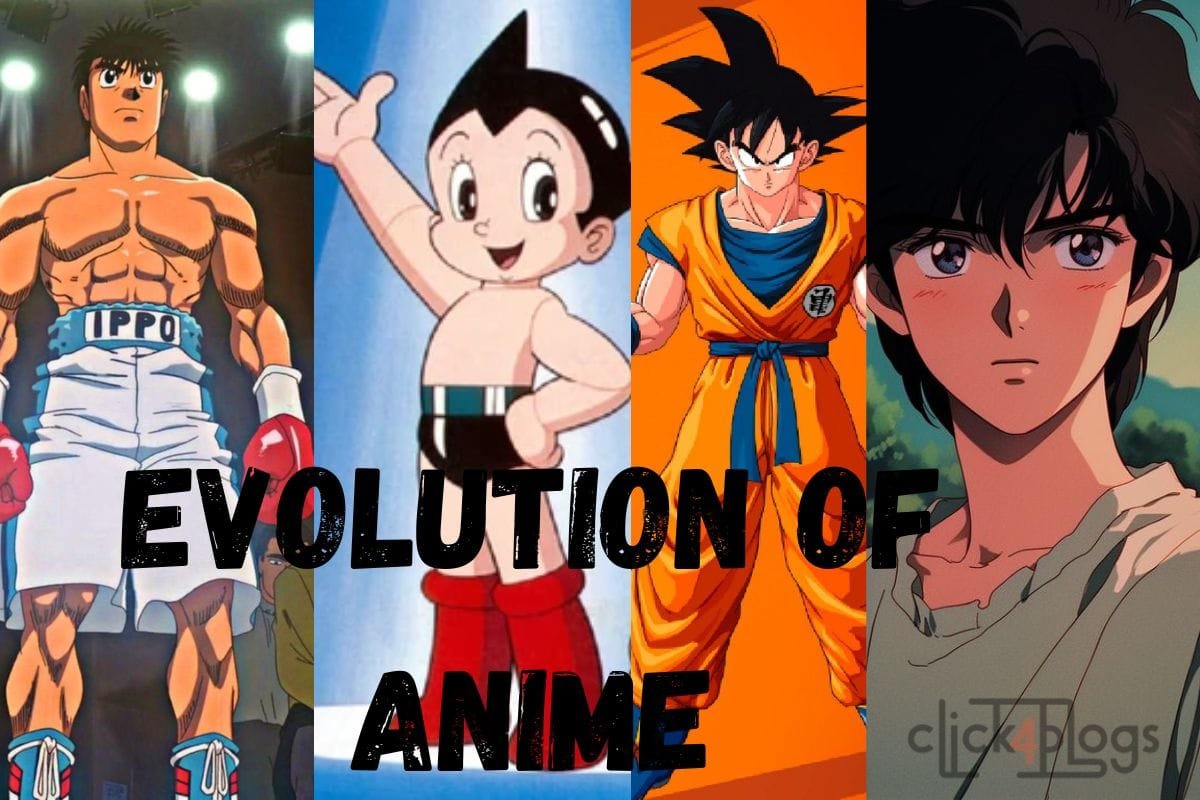Anime has grown from humble origins to a global sensation. It’s like witnessing a modest, local film blossom into a smash hit that everyone talks about. In this essay, we’ll look at the evolution of anime, from classic styles to the modern hits we enjoy today. We’ll explore how early anime drew from both Japanese traditions and Western influences, and how it has transformed with advances in technology. From pioneering works to contemporary masterpieces, we’ll uncover how anime has evolved and captured the hearts of audiences worldwide.
The Early Days of Anime

Anime’s story begins in the early twentieth century, just like a small seed grows into a large tree. The first anime was made in Japan in 1917. These early animations were rudimentary, frequently black and white, and did not have the fluid movements we see today. Consider them the early, unrefined drawings of a masterpiece.
One of the first and most significant anime was “Namakura Gatana” (An Obtuse Sword) in 1928. This short film, a silent comedy, demonstrated the possibilities of animation but used simple techniques. At the time, anime was mostly created for instructional purposes or to entertain, and it was not yet a popular source of entertainment.
The Rise of Classic Anime

As Japan entered the 1960s, anime began to emerge as a separate creative genre. This is commonly regarded as the “golden age” of anime. Shows from this era, such as “Astro Boy” (Tetsuwan Atom) and “Speed Racer” (Mach GoGoGo), exposed us to vibrant characters and thrilling plots. They were like the foundation of the anime we know and love today.
Osamu Tezuka, the creator of “Astro Boy,” is sometimes referred to as the “god of manga” and is recognized with pioneering several anime and manga standards. His work was innovative, and “Astro Boy” established a high standard for subsequent anime. During this time, anime began to acquire its own distinct style and voice, breaking away from Western influences and establishing its own identity.
Modern Anime: A Global Phenomenon

The 1980s and 1990s are frequently regarded as the golden age of anime. This was the point at which anime fully took off. With advances in technology and storytelling, anime began to gain a larger audience both in Japan and around the world.
During the 1980s, anime such as “Mobile Suit Gundam” and “Dragon Ball” gained popularity. These programs presented sophisticated narratives and memorable characters, enthralling audiences with epic battles and profound stories. “Dragon Ball,” for example, became a worldwide phenomenon, and its impact can still be seen in numerous anime today.
The 1990s witnessed the rise of “Neon Genesis Evangelion,” a series that reinvented the genre with its dark themes and psychological depth. Anime evolved beyond entertainment, delving into profound issues and emotions. With films like “My Neighbor Totoro” and “Spirited Away,” which captured audiences with their gorgeous animation and touching stories, Studio Ghibli rose to prominence during this era.
Modern Anime: A Global Phenomenon

In the 2000s and beyond, anime continued to adapt and expand. Anime is now a worldwide phenomenon, appreciated by people of all ages. Shows like “Naruto,” “One Piece,” and “Attack on Titan” have become international successes due to their captivating stories and amazing animation.
Modern anime frequently uses high-quality animation and smart storyline. Animators may now generate extremely detailed and smooth animations thanks to advancements in technology. The emergence of streaming sites such as Crunchyroll and Netflix has made it easier for fans to watch anime from anywhere, at any time.
Furthermore, current anime spans a wide spectrum of genres, including action-packed adventures, poignant romances, and thought-provoking tragedies. It’s like having a smorgasbord with many flavors where everyone can find something they enjoy.
Conclusion
The evolution of anime from its inception to its current success is a story of creativity, invention, and cultural interaction. From simple black-and-white drawings to the vivid and diversified shows we see today, anime has emerged as a prominent global entertainment genre. Whether you’re a fan of vintage episodes or recent hits, there’s no disputing anime’s influence on the world.
As anime evolves, we should expect to see more fascinating tales and gorgeous animation in the future. It’s like witnessing a never-ending adventure develop, with new chapters yet to be written.
FAQs
What was the first anime ever created?
The first anime is regarded to be “Namakura Gatana,” which was made in 1917.
Who is regarded as the “God of Manga”?
Osamu Tezuka is regarded as the “god of manga” and is most known for developing “Astro Boy.”
Which anime series characterized the 1990s?
“Neon Genesis Evangelion” and “Dragon Ball” were pivotal in shaping the 1990s anime scene.
How has technology affected anime production?
Modern anime now features more detailed and fluid animations thanks to technological advancements.
Where can I watch anime now?
You may watch anime on streaming services such as Crunchyroll and Netflix.













